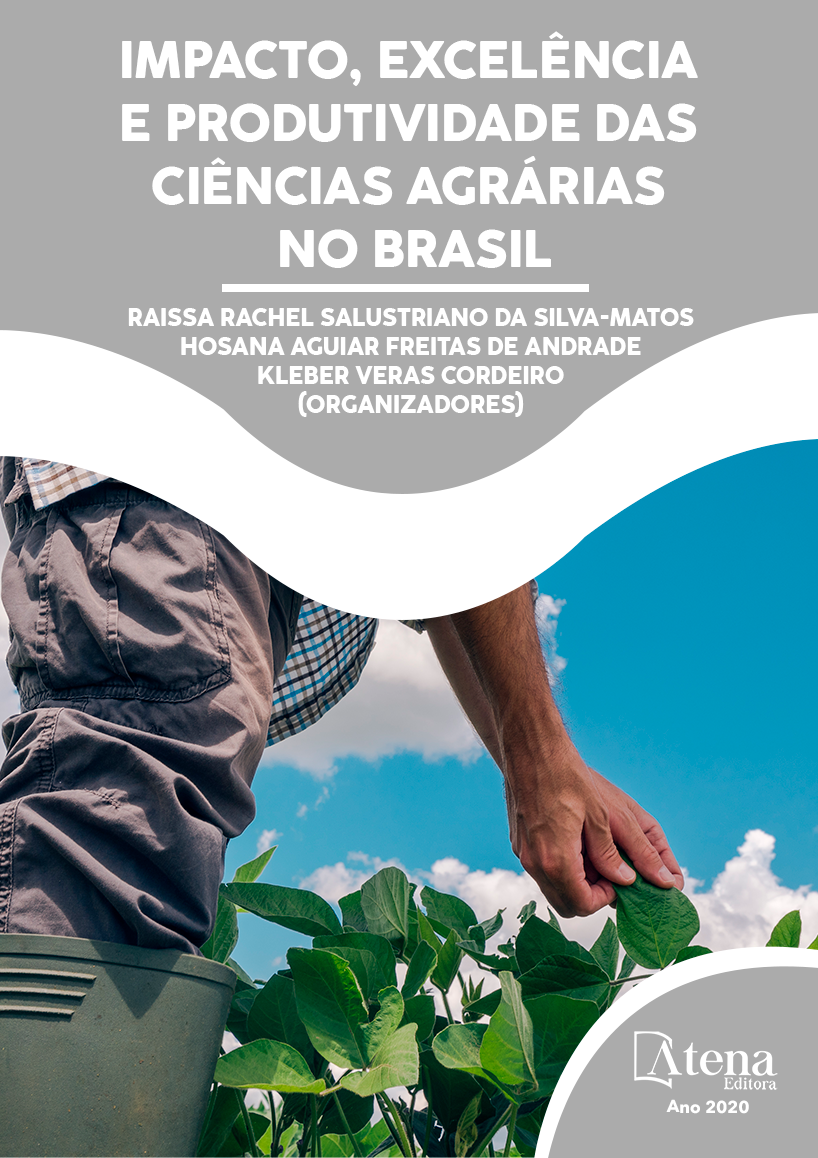
DESEMPENHO DA MARAVALHA E CARVÃO COMO FILTRO NO TRATAMENTO DE ÁGUAS RESIDUÁRIAS
A produção de leite vem aumentando no Brasil e tem uma posição de destaque na economia nacional. É crescente a necessidade do desenvolvimento de tecnologias alternativas e acessíveis aos pequenos produtores, que possibilitem o manejo adequado e eficiente dos resíduos produzidos. A utilização de filtros utilizando materiais orgânicos facilmente encontrados em áreas rurais tem sido considerada uma alternativa promissora para o tratamento da água residuária da bovinocultura (ARB). Com o presente trabalho, objetivou-se avaliar o desempenho da maravalha de madeira e do carvão vegetal no tratamento da água residuária da bovinocultura de leite. Para isso, foram utilizadas colunas de filtragem contendo o material filtrante nas seguintes proporções: 30% de carvão vegetal e 70% de maravalha de madeira. Para a avaliação da eficiência do sistema, o afluente (ARB bruta, antes da filtração) e o efluente (ARB após filtração) foram caracterizados em relação aos seguintes parâmetros: potencial hidrogeniônico (pH), condutividade elétrica (CE), sólidos totais (ST), sólidos fixos (SF) e sólidos voláteis (SV). Foi calculada a razão da concentração do efluente em relação à concentração do afluente para cada parâmetro medido em função do volume filtrado. De acordo com os resultados, pode-se concluir, que o filtro constituído por maravalha e carvão vegetal, nas granulometrias avaliadas (menores que 2,0mm), não foi eficiente na remoção da CE, ST, SF e SV tendo, inclusive, contribuído para o aumento desses parâmetros nos efluentes. Verificou-se também um aumento nos valores de pH nos efluentes, contudo, os mesmos mantiveram-se próximos ao da faixa de neutralidade.
DESEMPENHO DA MARAVALHA E CARVÃO COMO FILTRO NO TRATAMENTO DE ÁGUAS RESIDUÁRIAS
-
DOI: 10.22533/at.ed.75120020416
-
Palavras-chave: adsorção, biochar, resíduo orgânico
-
Keywords: adsorption, biochar, organic waste
-
Abstract:
Milk production has been increasing in Brazil and has a prominent position in the national economy. The increasing capacity of adaptation and access to the small properties that allow the adequate and efficient management of the products produced in the activity. The use of the dairy cow allergy in rural areas has been a promising alternative for the treatment of wastewater of dairy cattle (WDC). With the present work, the performance of the wood chips and the charcoal, as filtering material, in the improvement of the treatment of the residual waters of the dairy cattle was objectified. For this purpose were 30% charcoal and 70% wood chips. In order to evaluate the efficiency of the system, the affluents and the greenhouse gases were characterized in their prospects: hydrogenation potential (pH), electrical conductivity (EC), total solids (ST), fixed solids (SF) and volatile solids (SV). Four filtrations of the crude ARB were performed, and a concentration ratio was determined in relation to the concentration. According to the results, it can be concluded, in summary, what is constituted by the mechanism of cleaning of plants and plants, in the granulometries evaluated, was not effective in the removal of EC, ST, SF and SV, including, contributed to the increase in the effluent of some variables. It was verified that with respect to the pH there was also an increase in the effluent concentrations, however the values remained close to the neutrality range.
-
Número de páginas: 6
- Raquel Silva de Oliveira
- Alfredo José Santos Júnior
- Aolibama da Silva de Moraes
- Azarias Machado de Andrade
- David Vilas Boas de Campos
- Érika Flávia Machado Pinheiro
- Carina Soares Pires


